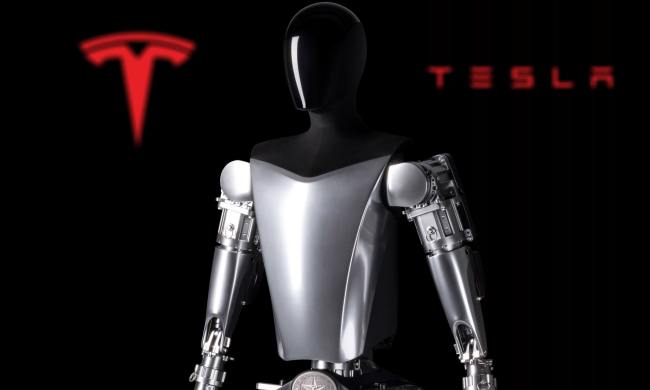Five years after demonstrating its first successful test flight, Dutch company PAL-V has begun accepting pre-orders for what may be the first flying car to hit the commercial market.
When driving, the Liberty takes form as an enclosed three-wheeler with propeller packed tightly to its roof. To get airborne, the propeller and tail blades expand and transform the vehicle into a gyrocopter.
The Liberty takes about 10 minutes to transform from car to copter, according to PAL-V, and has a top speed of 100mph on the ground and 112mph in the sky. On the road it boasts a range of 817 miles on a full tank. This dwindles to 310 miles once the vehicle takes off.
“After years of hard work, beating the technical and qualification challenges, our team succeeded in creating an innovative flying car that complies with existing safety standards, determined by regulatory bodies around the world,” Robert Dingemanse, CEO of PAL-V, said in a press statement.
The company has been teasing flying car fanatics for years. It began testing its concept cars in 2009 and last year opened the first flying car school in North America. But now PAL-V seems willing to put money where its mouth is — or at least ask its customers to do so.
As you might expect, the Liberty will cost a pretty penny. PAL-V is taking pre-orders for the $400,000 “Sport” base model and the $600,000 “Pioneer,” which includes some seemingly essential features like at-home training and power heating. For that extra $200,000, the Pioneer also includes special detailing and an electronic flight instrument display that should give the Liberty an appropriately futuristic feel.
To reserve a Liberty of your own, you will have to front a $10,000 or $25,000 nonrefundable deposit for the Sport and Pioneer, respectively. The company is also accepting $2,500 refundable deposits to put customers on a waiting list.


